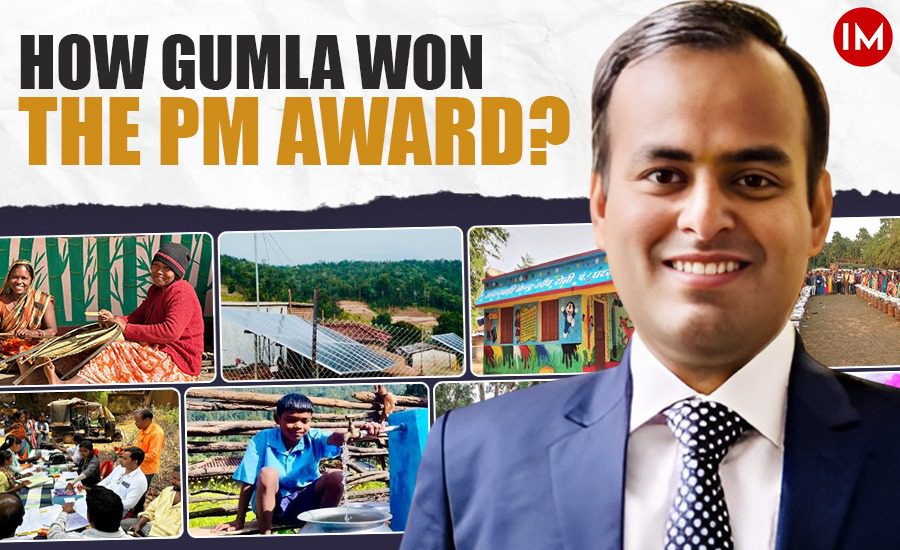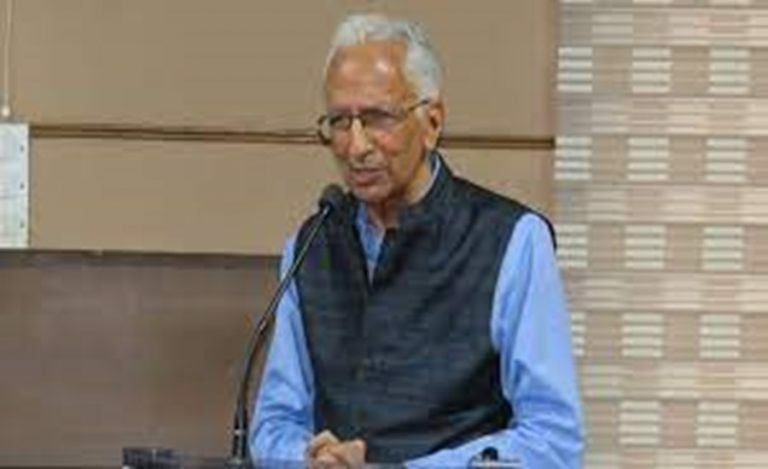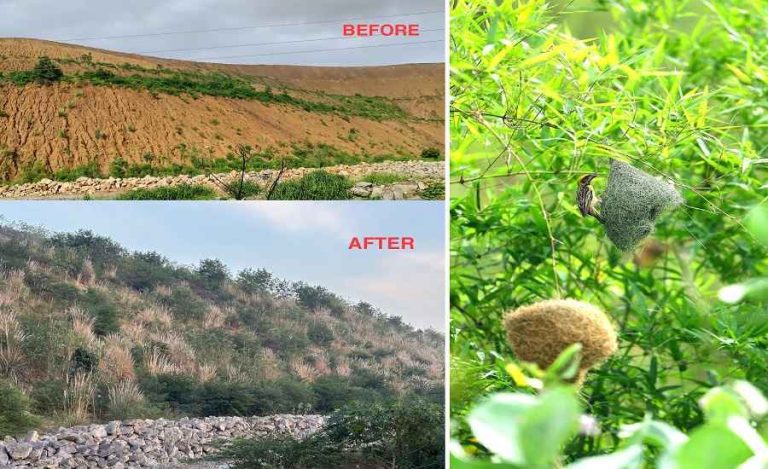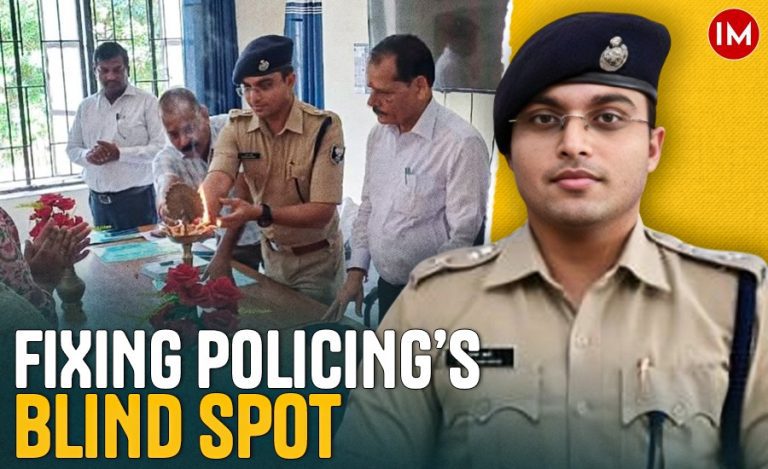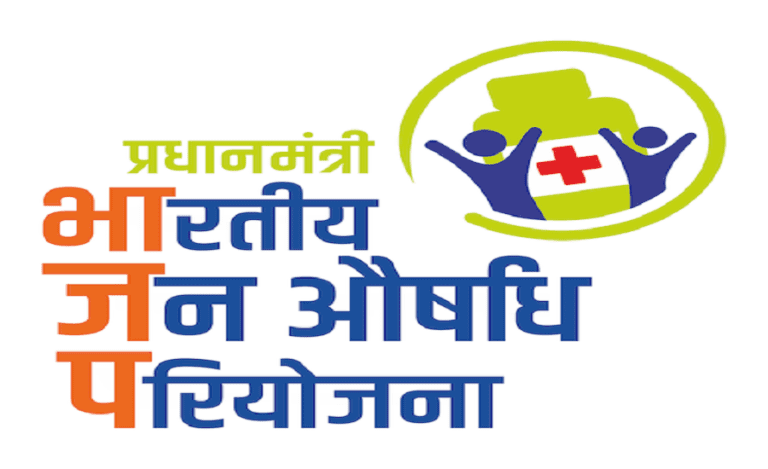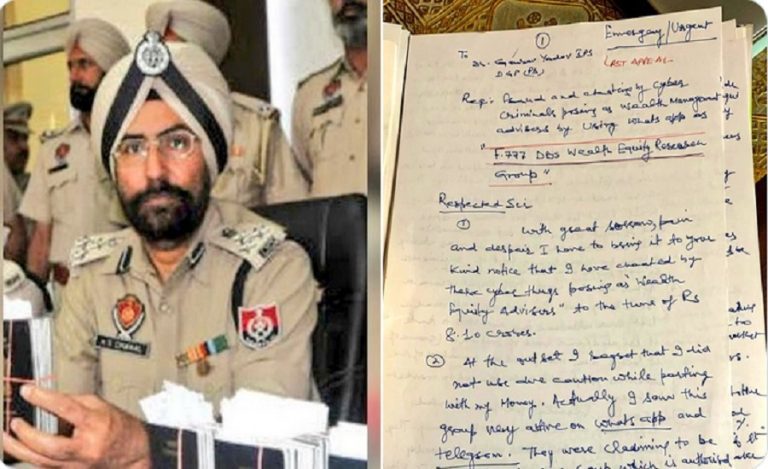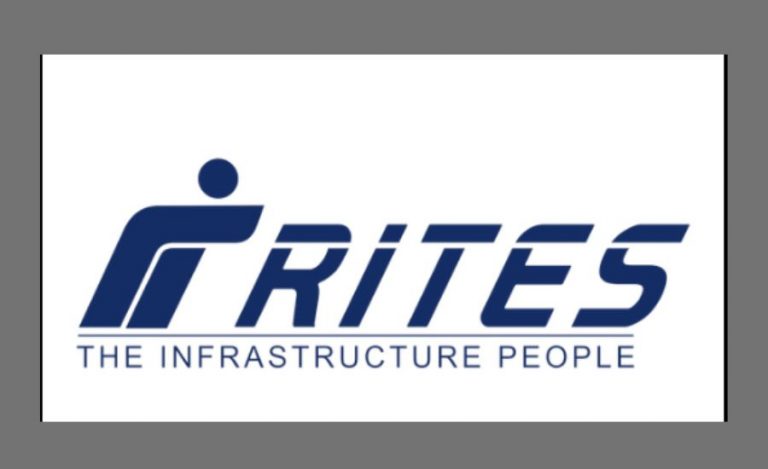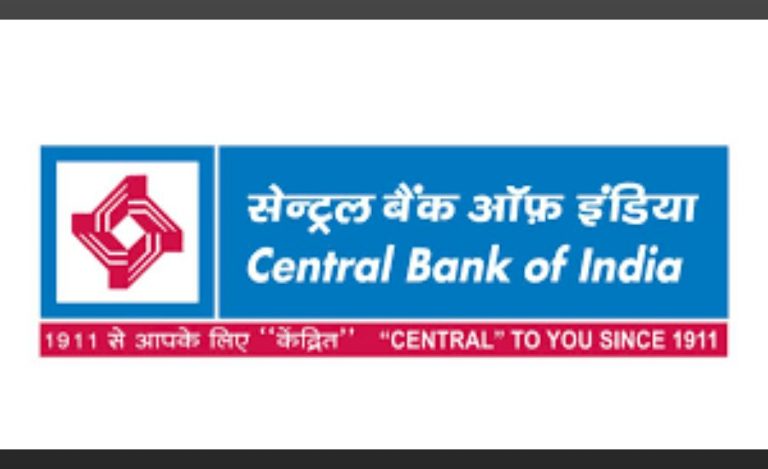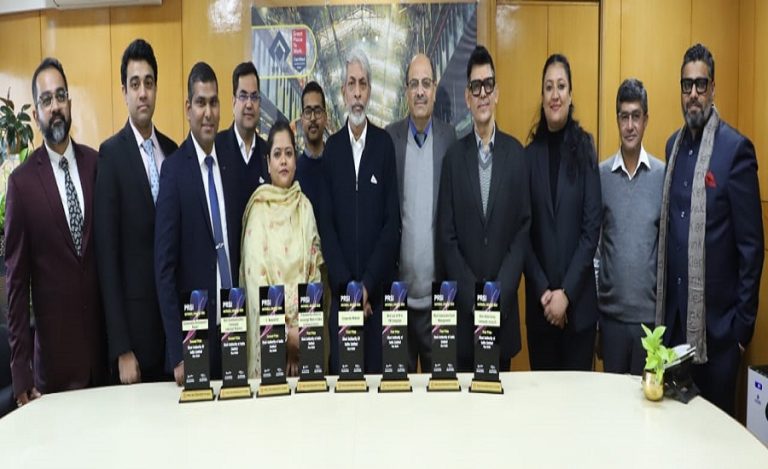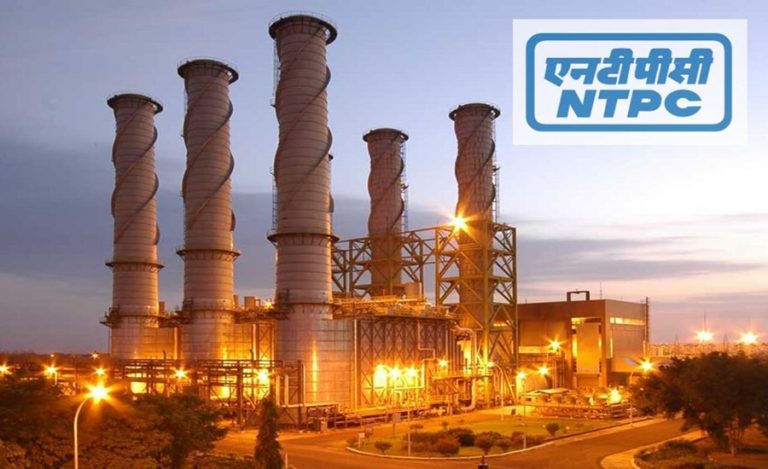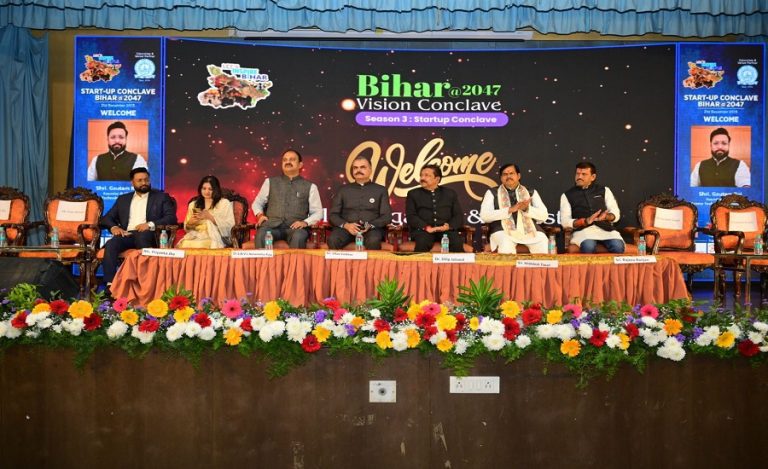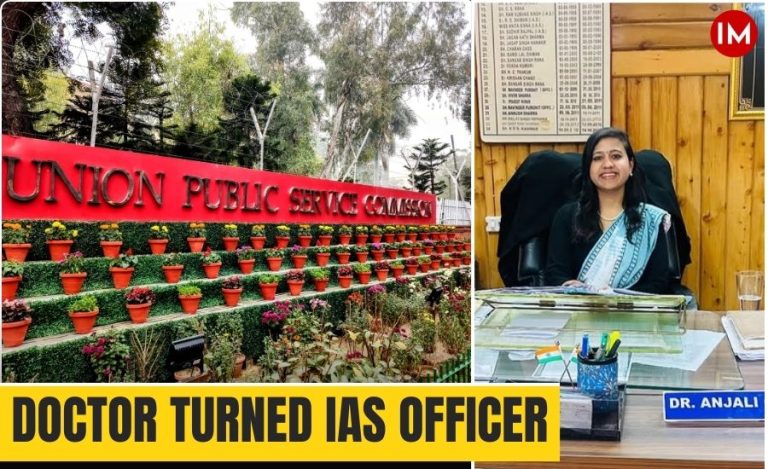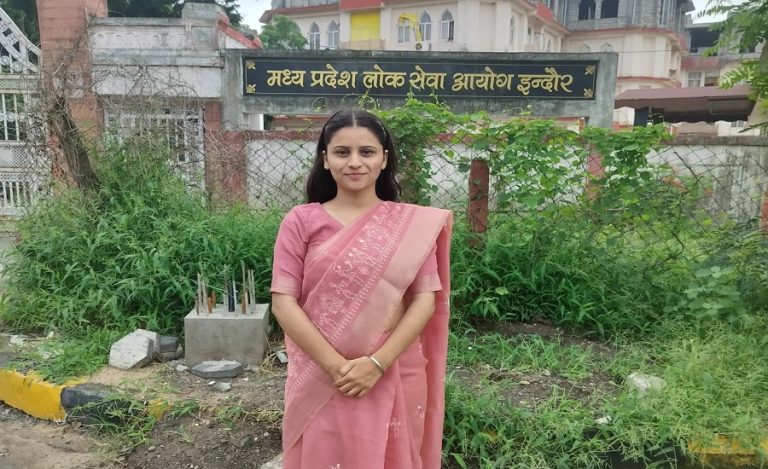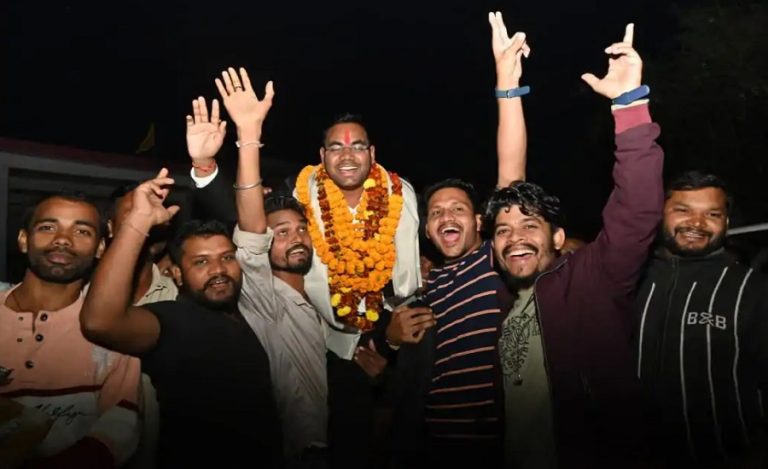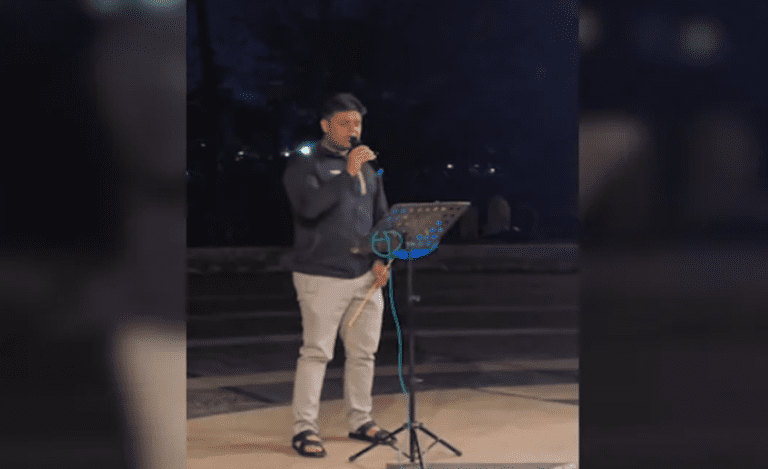Gumla, a district in Jharkhand grappling with the intertwined challenges of historical left-wing extremism, a significant tribal population (nearly 70%), difficult terrain, and high multidimensional poverty (47% according to NFHS 4 data), has emerged as a noteworthy example of development. Defying conventional approaches, the district, under the leadership of IAS Karn Satyarthi (2016 batch, Jharkhand cadre), the Deputy Commissioner, earned the Prime Minister’s Award for Excellence in Public Administration 2023 for holistic district development.
Mr Satyarthi outlines the core strategy, highlighting a deliberate departure from typical saturation methods. “Normally, when approaching any scheme with saturation, we pick the low-hanging fruits first. We did the reverse,” he shared with Indian Masterminds. This “reverse saturation” involved prioritising the most challenging areas – remote tribal villages, particularly those of Particularly Vulnerable Tribal Groups (PVTGs). This focus on reaching the most marginalised first set a unique tone for Gumla’s development narrative.
GRAM SAMPATI & SARVODAY
Technology played a crucial role in this transformation, with 22 interventions cited in the PMO award. Two key examples are “Gram Sampati”, a web and mobile application for transparently tracking government projects, and “Sarvoday”, a citizen grievance redressal portal. Satyarthi emphasises the focus on quality over quantity in grievance redressal. “In government, you often see claims of 99% redressal rates, which is practically impossible. We focused on the quality of redressal. If a village needs a 10-kilometre road, we won’t mark it resolved until it’s actually built.” This commitment to tangible outcomes, even if it meant a lower resolution percentage (around 60%), instilled greater trust and impact.
Beyond technology, the administration focused on revitalising existing infrastructure. Abandoned buildings were repurposed, such as an old ghost building transformed into a District Science Centre. Electrification reached over 50 villages through solar microgrids, bringing much-needed power to remote communities.
Innovation wasn’t limited to standalone projects but was integrated into the implementation of government schemes. Take the Jal Jeevan Mission, aimed at providing piped drinking water. While significantly increasing coverage from 10,000 to 130,000 households was a key achievement, Satyarthi points out the innovative aspect: “The second part was where we implemented it – in the most far-flung, difficult-to-reach villages.” This targeted approach ensured that even the most geographically isolated communities benefitted. “It’s very difficult to separate the standalone innovations from the innovative implementation of schemes; they are quite intertwined,” he adds.
COMMUNITY SUPPORT
The success in Gumla is deeply rooted in the active participation of its citizens. Mr Satyarthi, while accepting the award, insists it “actually belongs to the citizens.” He illustrates this with the example of 2,425 Self-Help Promoting Organisations (SHPOs), primarily run by local tribal women. Over the past year, these SHPOs have collectively generated a business of ₹52 crore. “We are not doing anything extraordinary; we are just helping them find markets, providing training support, and linking them to capital and donors,” Mr Satyarthi clarifies, emphasising the community’s central role in their economic empowerment.
GIRL CHILD EDUCATION
Education, particularly for the girl child, has also been a priority. A unique initiative involved science exposure trips for first-generation schoolgirls, many from tribal backgrounds. Following the launch of Chandrayaan-1, competitions were held to select these students, with 25 girls sent to witness the launch at ISRO. The initiative’s success, widely covered by national media, led to its repetition in subsequent years, with increasing enthusiasm from the students themselves. Mr Satyarthi even presented this initiative to the Prime Minister in December 2023.
ROBO JATRA
Another impactful programme is “Robo jatra”, a robotics competition for schoolchildren, primarily from government schools. What began with 20 government schools in its first edition in 2023 saw students creating drones and line-follower robots. The second edition, “Robo jatra 2.0”, included private schools, but government school students still dominated, securing nine out of twelve winning positions, many building their own drones. This initiative aims to cultivate interest and skills in science and technology at the grassroots level.
CHALLENGES AND ROAD AHEAD
Despite the remarkable progress, Mr Satyarthi acknowledges the significant challenges that Gumla faces. The historical impact of left-wing extremism has left a legacy of poor road connectivity. “Even though LWE has significantly decreased, the legacy issues remain a challenge, especially in connectivity. Many villages, or internal hamlets within villages, are still not properly connected.” The predominantly tribal population, while a source of strength in terms of their “integrity and capacity for hard work,” also requires culturally sensitive and tailored development approaches.
High multidimensional poverty, though significantly reduced (by 12 percentage points between NFHS 4 and 5), remains a key concern. Finally, the tough topography, with areas requiring kilometres of walking to reach, presents logistical hurdles. However, Mr Satyarthi views these challenges as opportunities for more meaningful impact, supported by a motivated and dedicated team of government officers.
Looking ahead, the focus is on scaling up successful livelihood projects, aiming to reach a ₹100 crore business volume and involve more people. Recent listing of local products on platforms like Amazon and Link aims to further this goal, transforming SHPOs and FPOs into sustainable businesses capable of generating substantial employment. The administration is also committed to ensuring universal access to basic amenities: drinking water, electricity, and paved roads for all households within the next three to four years.
Gumla’s story is not just about overcoming challenges; it’s about strategically leveraging innovation, prioritising the most vulnerable, actively engaging the community, and fostering a spirit of progress. The district’s journey offers valuable lessons in effective public administration and inclusive development.

